US Naval Aviation is rightly famed in the annals of history for the heroic exploits of its pilots, and the iconic machines they flew. There have even been (so I’m told) a few movies made about them! While we haven’t quite entered the Danger Zone of the later Cold War in Blood Red Skies, we do have some of the very first jet aircraft operated by US forces during the Korean war, so we’ll be taking a look at the Grumman F9F Panther, the workhorse of the US Navy (USN) and Marine Corps (USMC) throughout that conflict.
Developed towards the end of the Second World War, and entering full carrier-based service in 1947, the Panther was relatively typical of the early US jet fighters of the period. Single-engined, straight-winged, and with a combat-proven armament of four 20mm cannon, as well as the capacity to carry a respectable payload of rockets and bombs, the Panther was capable of performing a wide variety of combat missions while operating from the WW2-era Essex and Casablanca-class carriers. The USN’s continued insistence on straight-wing jets (due to their more benign landing characteristics) put the Panther at a disadvantage in terms of speed and manoeuvrability compared to its main Communist rival, the legendary and groundbreaking Mikoyan-Gurevich MiG-15, but when well utilised the F9F was a capable adversary for the more modern MiGs.
With US Air Force (USAF) F-86 Sabres bearing the brunt of the air-to-air combat against the MiGs, the Panthers were primarily used in a ground attack role, striking North Korean and Chinese targets with rockets, bombs, and guns. In this role the F9F excelled, proving to be a supremely rugged and reliable machine, capable of returning to the carriers even after having sustained enormous amounts of damage from anti-aircraft fire. This is not to say, however, that the Panther was incapable of holding its own against enemy aircraft. Seven of the feared MiG-15s were downed by the type during the Korean War, with four of them shot down in a single half-hour engagement by a lone pilot!
The naval aviator responsible for this incredible feat was Lt. Royce Williams of VF-781 The Pacemakers, flying off of the carrier, USS Oriskany, who found himself alone in a dogfight with no fewer than seven MiG-15s. What followed is believed to be the longest dogfight in USN history, and concluded with Williams nursing his shattered aircraft back to the carrier with no less than 263 separate shell and fragment hits, while four MiGs had been shot down – a truly stunning feat of combat airmanship, and a testament to the ruggedness of the Panther. It would take many decades, however, for Williams to receive credit for this encounter – the MiGs were flown by Russian Navy pilots, and to avoid further antagonising the Soviet Union, the US shrouded the incident in secrecy. It was not until the 1990s, with the fall of the Soviet Union, that the truth became known.
Several other men who flew the Panther would go on to achieve great things later in life, including baseball star Ted Williams, astronaut John Glenn, and Neil Armstrong, later to be the first person to set foot on the surface of the moon. Armstrong in particular had an eventful career, having to eject from his stricken F9F after striking a cable laid across a valley – a rather medieval solution to the high-tech problem of anti-aircraft gunfire.
The Panther was retired from frontline service by 1956, replaced by a swept-wing derivative in the confusingly-numbered F9 Cougar, a fate common to most first- and second-generation jet fighters in an era of incredibly rapid technological development. However, it remained in training roles until the early 1960s. From 1951 to 1954 it also served as the first jet aircraft flown by the now-legendary Blue Angels display team, while the Argentinian Navy operated a number of ex-USN Panthers until 1969. While not a truly groundbreaking design like the contemporary MiG-15 or F-86, the F9F nevertheless provided effective service at a time when the pace of aircraft innovation had already rendered it theoretically obsolete. When well-handled, it was well-capable of delivering support for ground troops, and could hold its own in combat against more modern designs.
In Blood Red Skies, the Jet trait allows an aircraft to immediately gain an advantage level on being activated. It cannot benefit from this ability if another jet is within 9″. This effectively gives jet aircraft a free use of dive or manoeuvre. Combined with their high speed, diving jets can rocket back and forth across the table, using long slashing passes to engage their opponents before moving out of danger. Propeller-powered aircraft can’t climb for advantage within 9″ of a jet, but they may be able to outturn a jet with their much lower minimum move.
All of this makes the Panther perfect for Blood Red Skies! Air Strike! has all the rules you’ll need to get stuck into jet combat over Korea, as well as a variety of ground attack missions ideally suited to the strengths of the F9F. With a blistering Speed of 11 it can outrace its older opponents, and the Jet 1, Robust, and Heavy Hitter (add one firepower dice at close range with successes counting as critical) traits make it a dangerous proposition in a gunfight. Used well, you’ll have your opponent asking – “Where do we get such men?”
Other articles in the Forces of Fame Series:
Bolt Action – The Tiger I; Princess Elizabeth (Jubilee Special); Japanese Special Naval Landing Force; M18 Hellcat;
Blood Red Skies – Messerschmitt Bf 110; Ki-43 II ‘Oscar’;
Victory at Sea – The Bismarck; Fletcher-Class Destroyers;
Pike & Shotte – Cuirassiers;
Black Powder (Epic Battles ACW) – The Iron Brigade;
Black Seas – HMS Victory;
Hail Caesar / SPQR – Dacian Falxmen;
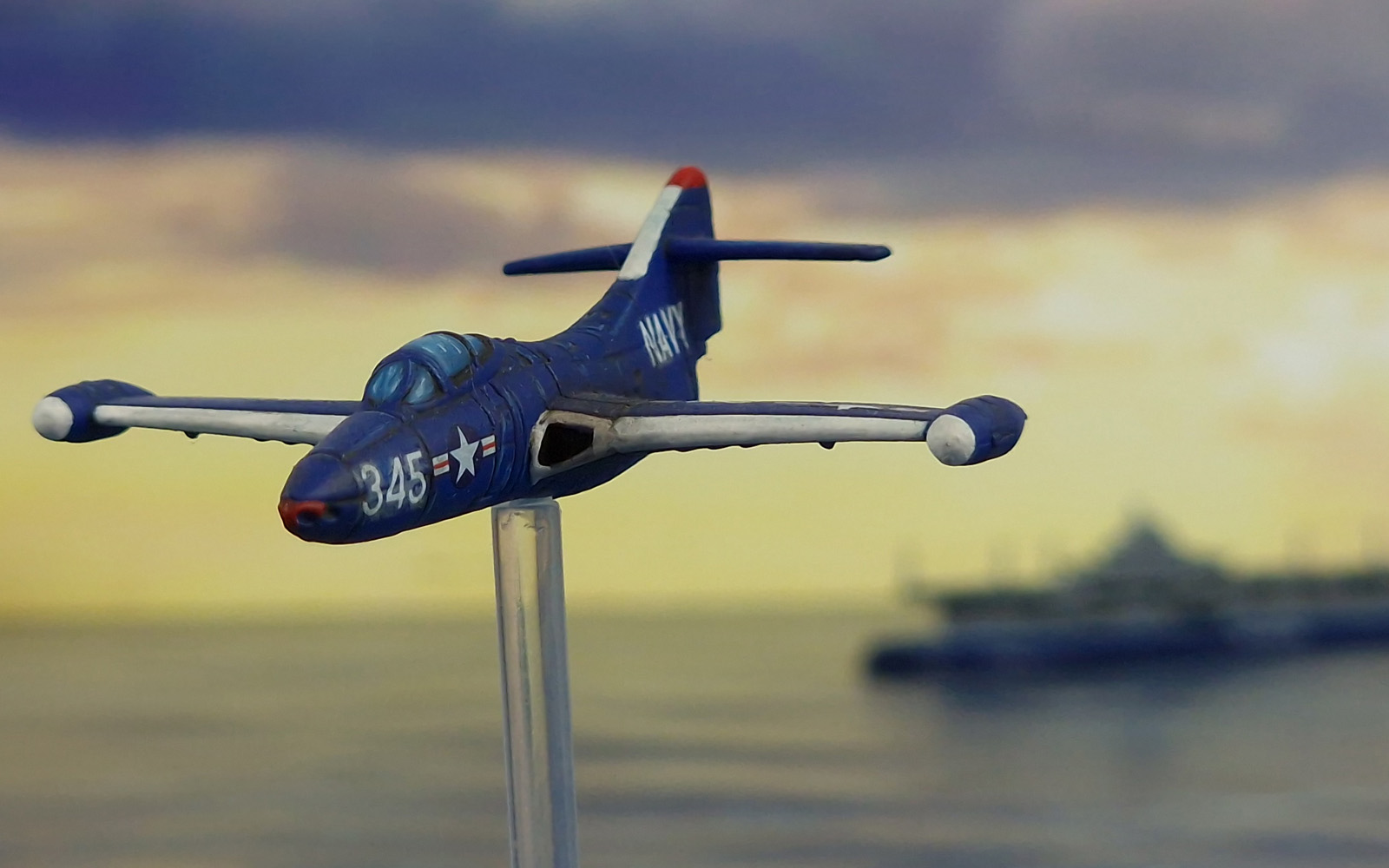
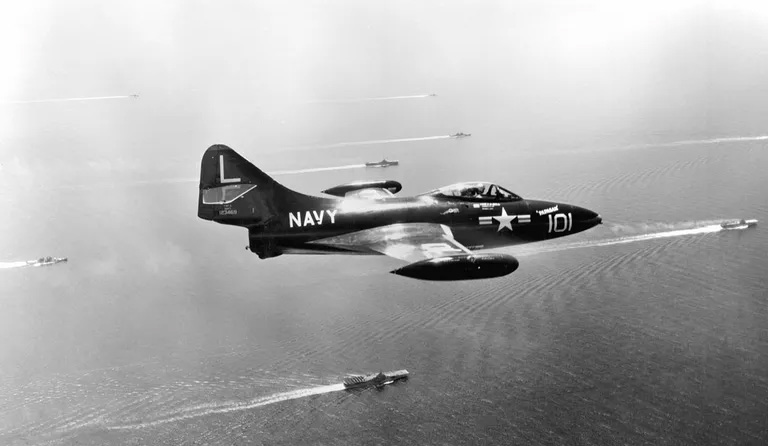
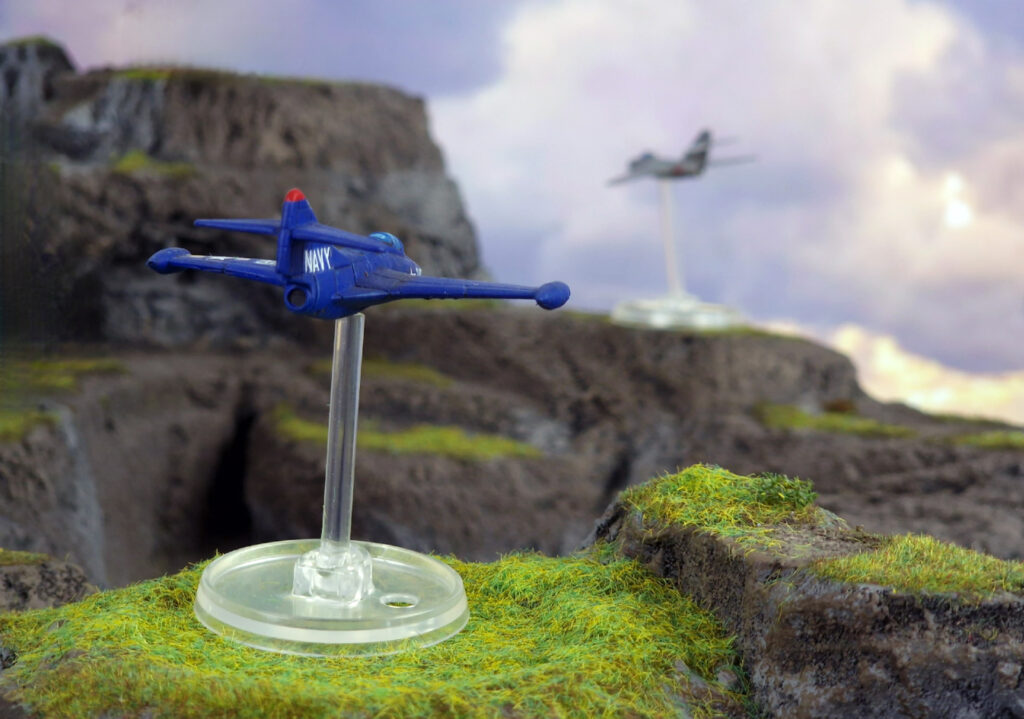
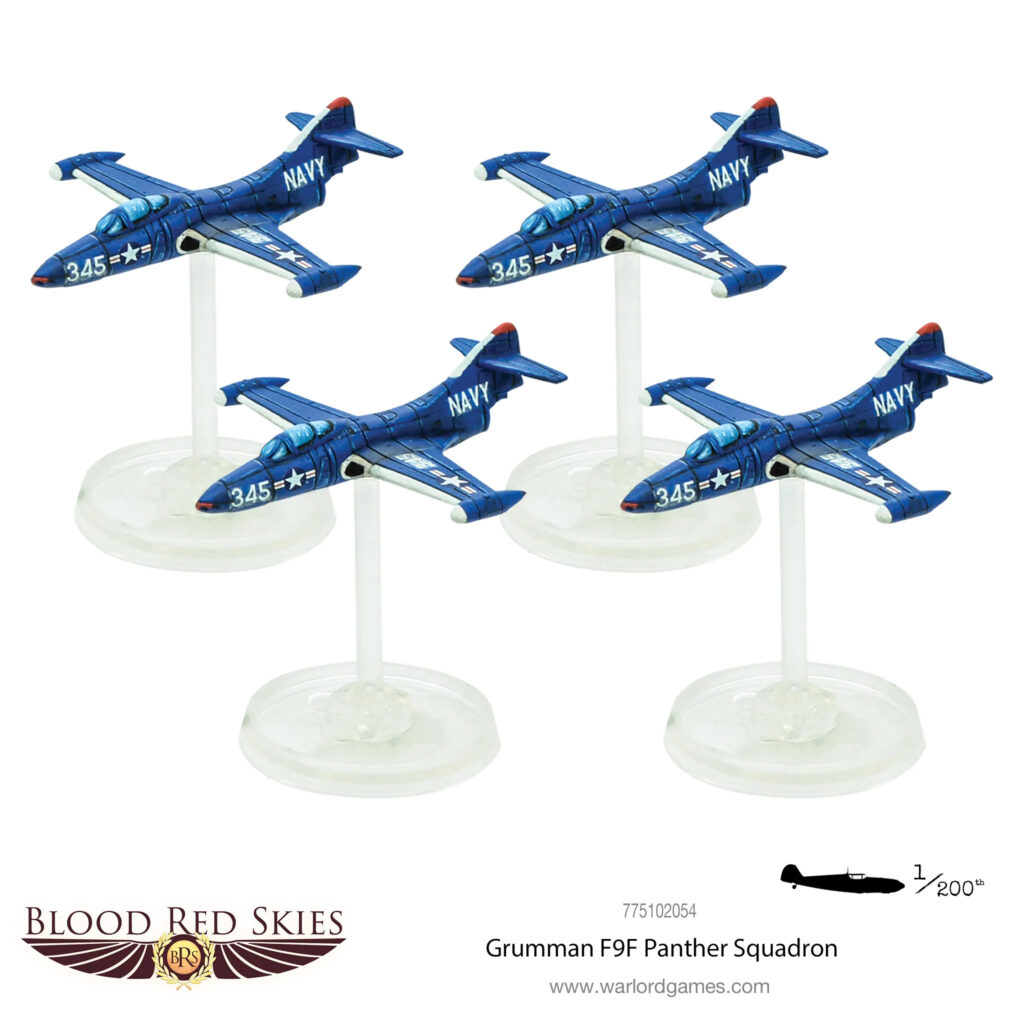
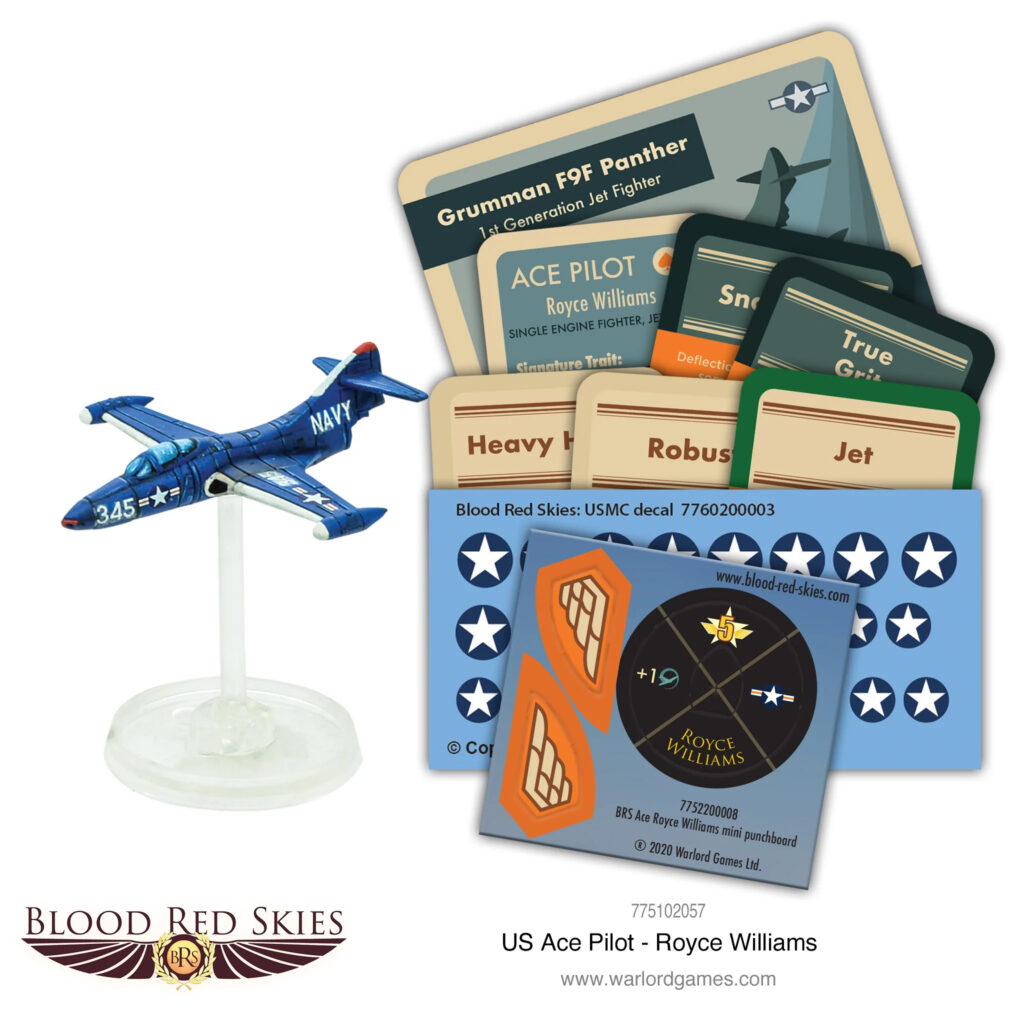
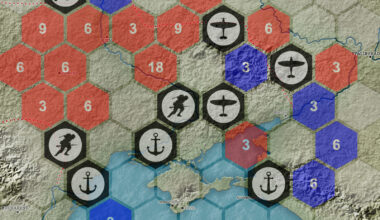
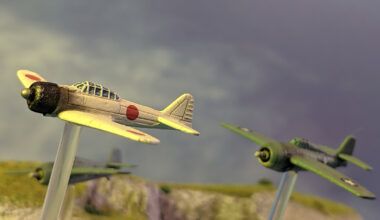

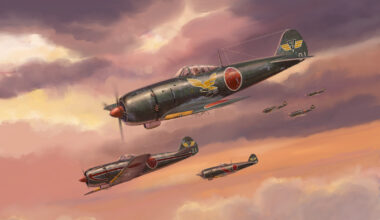
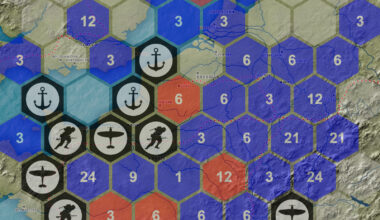
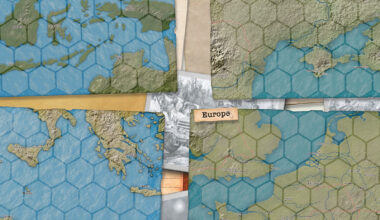
2 comments
Don’t forget, the advantage level gain at activation is “if no enemy is within 9″ of it” – so not just other jets hold it down. Plus, the ability to hold down lower generations of Jets and prevent them from using their pilot action to Climb for Advantage puts the F9F at a serious disadvantage against Jet 2 adversaries like the MiG-15. (Pun intended!)
A Bridges at Toko-Ri reference! Nice!
Comments are closed.